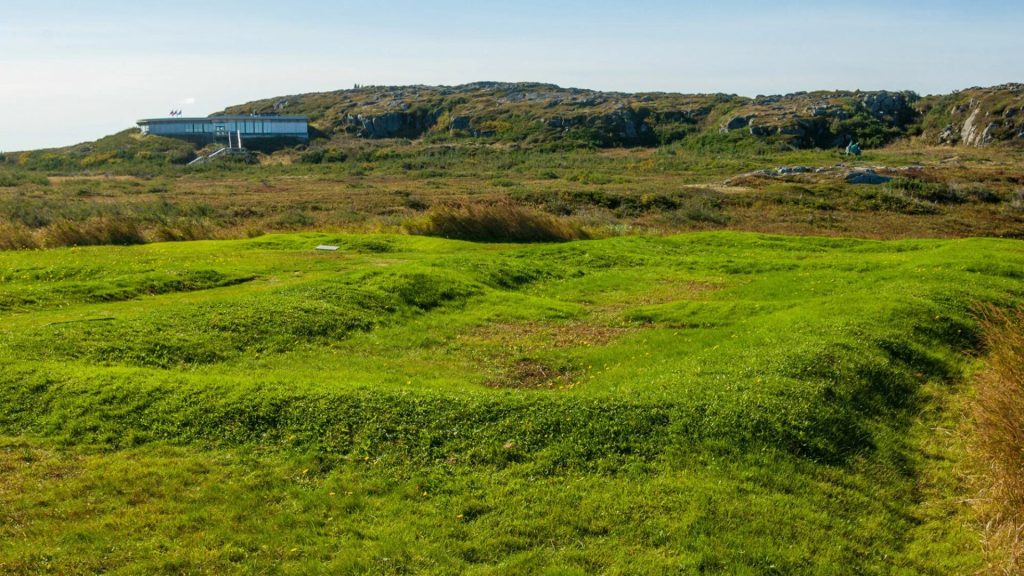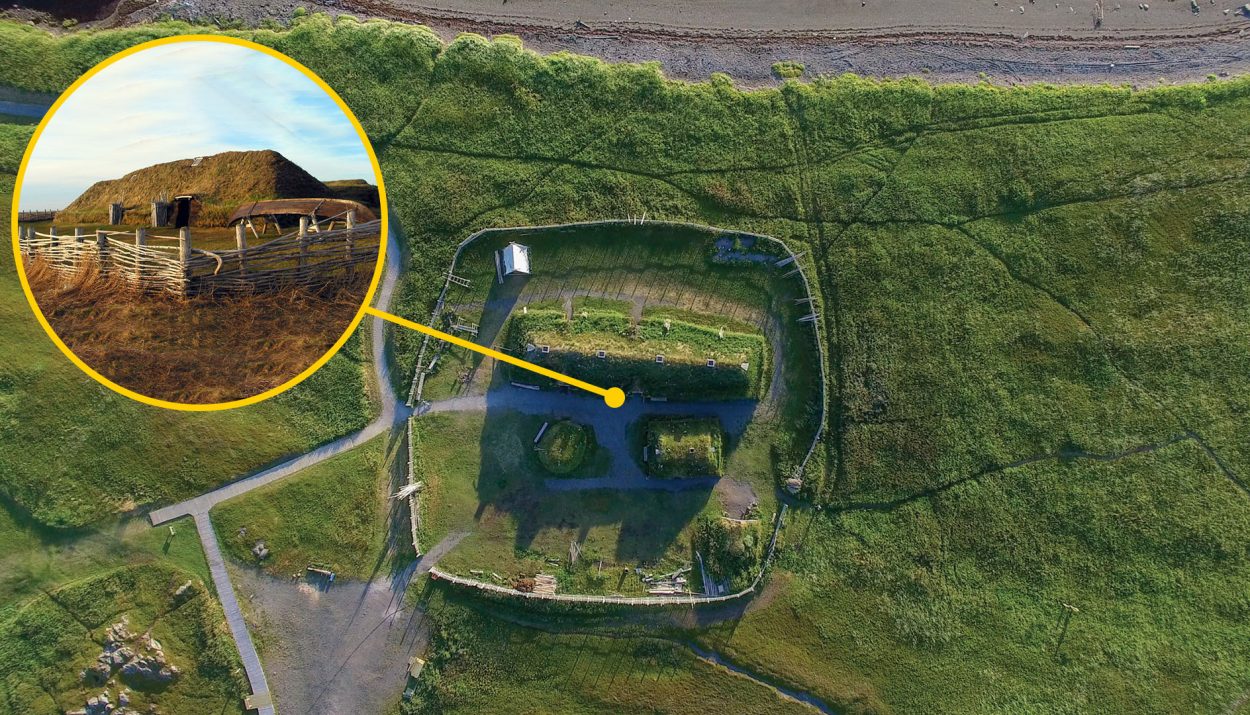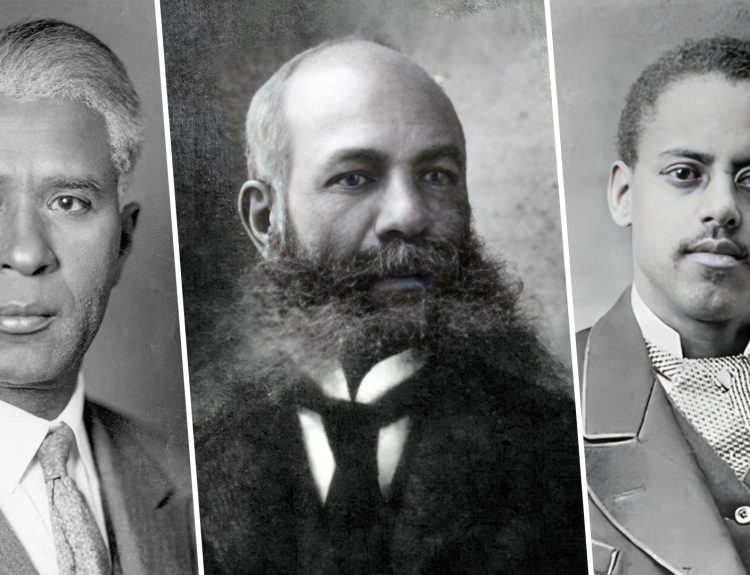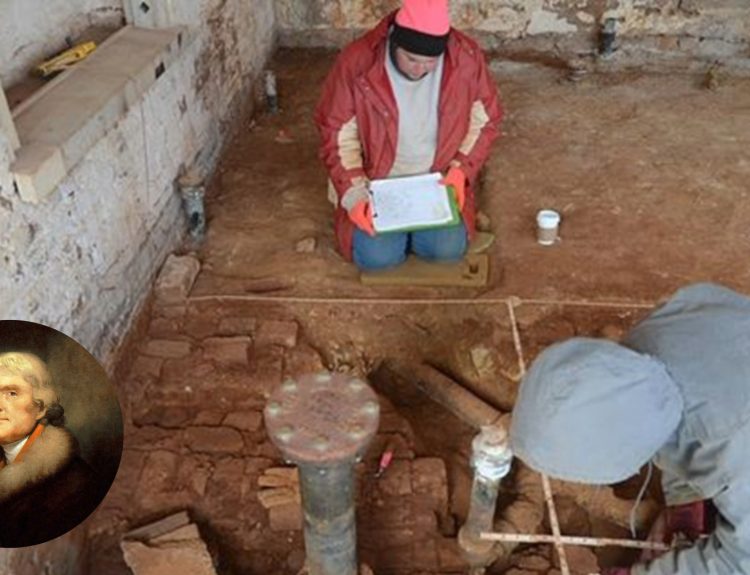It’s time to quench your thirst for ancient archeology. Today, we’ll explore some fascinating Viking ruins. Excited? Did you know L’Anse aux Meadows is the only known Viking ruin in North America? That’s right! Vikings were exploring this area long before Christopher Columbus arrived.
This 1000-year-old establishment is located at the furthest point north of Newfoundland Island, Canada. Hold on to your excitement as we’re about to disclose some unknown facts about L’Anse aux Meadows below:
Fact #1: The Earliest Inhabitants of L’Anse Aux Meadows Were Not Vikings.
By the term “Viking Ruin,” you might have the misconception that Vikings solely lived here. But the truth is that several indigenous people lived on these premises before and after the Vikings’ presence. The different types of fireplaces, tent rings, and potteries have helped experts reach this decision.
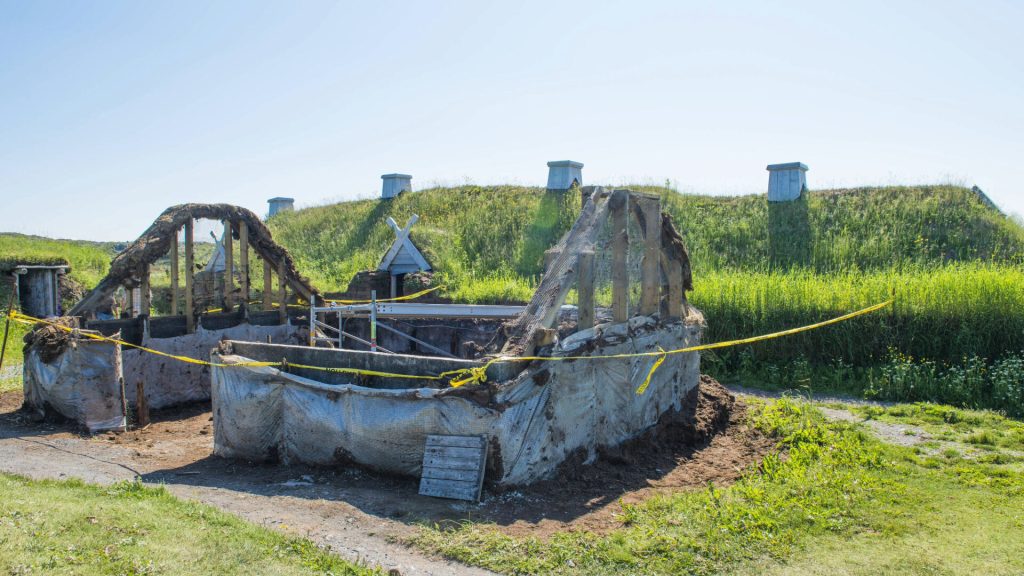
Still, many experts believe the Vikings were the first to live there. However, others have found proof to claim otherwise. According to their results, the Maritime Archaic people lived from about 4000 to 1000 BCE, the Groswater people from 1000 BCE to 500 CE, and the Middle Dorset people from 400 to 750 CE.
Fact #2: L’Anse Aux Meadows Was Mentioned In Viking Sagas
This second most important fact will surely blow your mind. This city was mentioned in two Viking poems. The poems are “The Saga of the Greenlanders” and “The Saga of Erik the Red.” These poems were written in the 13th century but discuss events from about 200 years earlier.
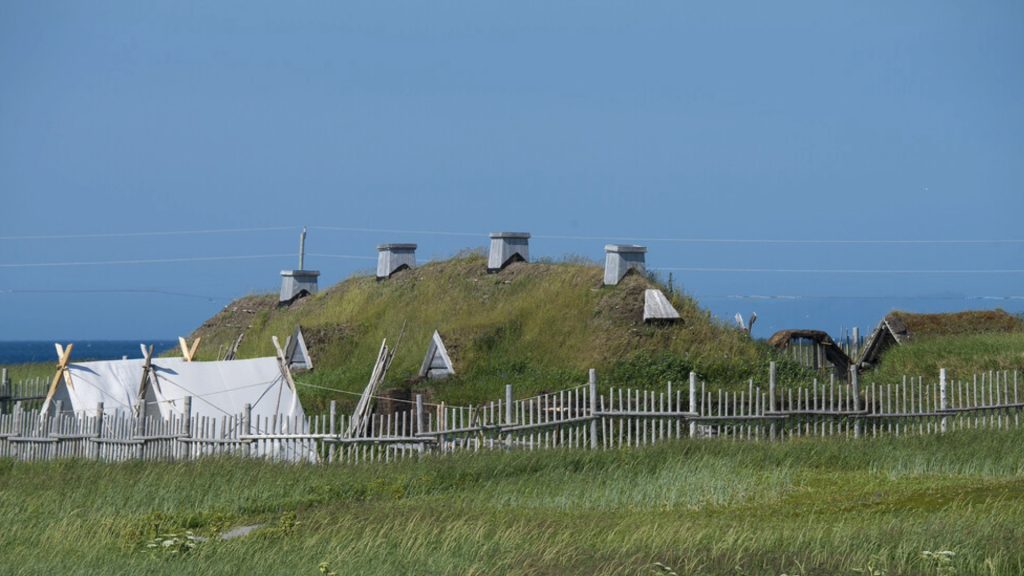
These poems tell stories of Norse people settling in Greenland and an explorer named Leif Erikson. According to some archaeologists, Erikson ended up in Vinland (the L’Anse aux Meadows) and created a temporary settlement. However, some experts deny this conception.
Fact #3: A Bronze Ring-headed Pin Confirmed About Viking’s Settlement
To discuss L’Anse aux Meadows, we understand you must know how experts became sure Vikings used these establishments. Well, there is proof that the bronze ring-headed pin was found in the earlier stage of the excavation. This pin confirms that the ruins also belonged to Vikings.
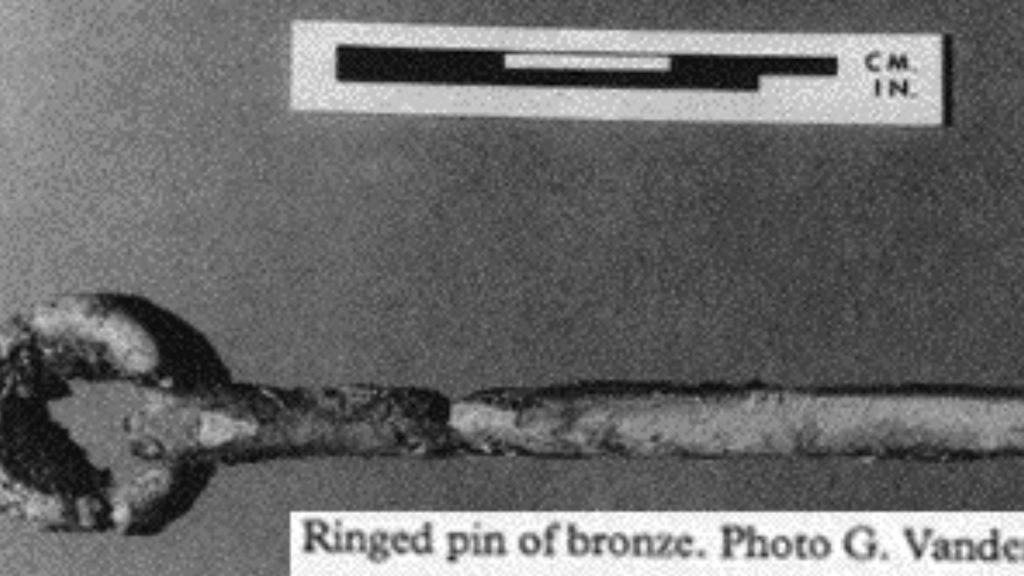
The pin design is proven to be a Viking piece, similar to the ones found in several Viking settlements in various places. Experts confirmed that the Vikings used the pin to fasten their cloaks.
Fact #4: Peat Bogs Preserved Some Evidence
It is another proof that the Vikings used this place. Vikings were used to creating peat bogs to protect their precious items from the harsh and acidic seaside environment. Like their European establishments, Vikings in Canada used these establishments to safeguard their important items from breaking down.
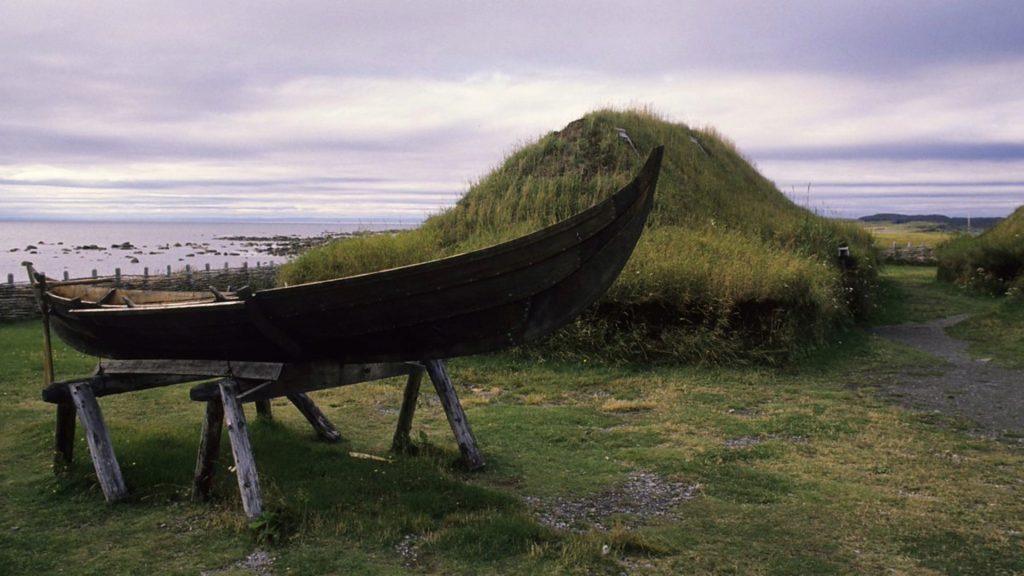
You will be surprised to know that archaeologists have found several preserved items, like nails made of wood, a rope made from twisted spruce roots, and wood planks. Most interestingly, they found a cup made from birch bark at L’Anse aux Meadows. These wood items symbolize the Vikings’ capability for carpentry.
Fact #5: Viking Women Also Lived in the L’Anse aux Meadows
The reminiscent testament that women also lived in this Viking establishment. Archaeologists discovered sewing scissors, a whetstone for sharpening needles, and a soapstone spindle whorl. All these they found in a small shed attached to a larger hall.
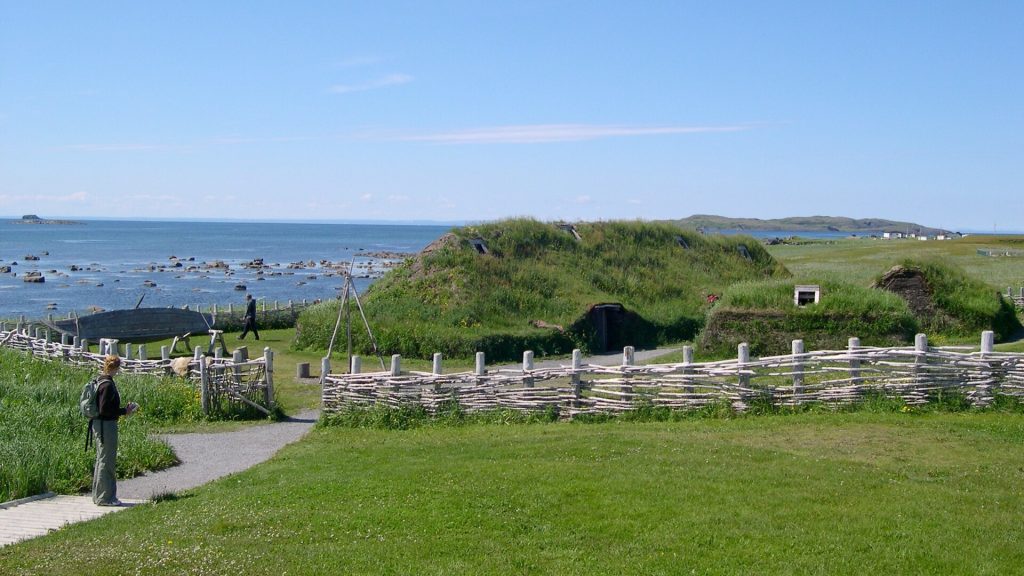
These types of items are proven to be used by both Viking men and women. The number of the mentioned tool counts and the working space dimension helped experts come up with a crucial decision, stating the settlement may have housed between 70 and 90 individuals.
Fact #6: Experts Used Rare Cosmic Radiation to Determine an Exact Date To The Site
When scientists discovered L’Anse aux Meadows, they utilized radiocarbon dating to establish the settlement’s age, which was the 11th century. Here, a key reference point has been used in this case. The key measure used is a rare cosmic event in 993 CE that caused a spike in carbon-14 production visible in ancient trees globally.
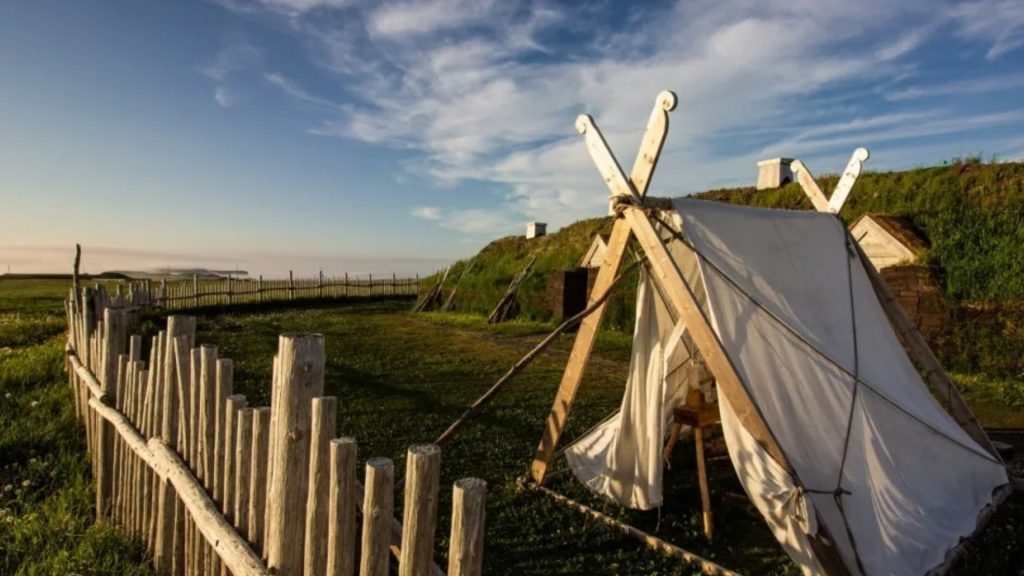
However, with the help of the latest technology, researchers used dendrochronology (tree-ring dating) to determine the precise occupation date, which was 1021 CE.
Fact #7: Butternuts Acted As Another Testament
You already know that two Viking poems are about the area of Leif Erikson’s journey and settlement. As per those, Leif settled in Vinland, which had wild grapes. But it contradicts the concept that Vikings were in North America, as no grape is produced in the far north.

However, after finding butternuts, experts concluded that L’Anse aux Meadows was likely a starting point for Vikings to explore the south. They used to bring back butternuts. This understanding rejects the assumption that the Viking Sagas tells about this place. However, historians still believe there are more Viking settlements in the region.
Fact #8: The Reasons Behind The Site’s Abandonment Are Yet Unknown
Till today, no certain reason has been found that might forced Vikings to leave this place. However, we can enlighten you on the two most possible causes, which many experts have accepted.

First, this was just a temporary settlement, as there was no graveyard, farming, or other similar establishments. Second, Vikings failed to deal with the harsh seaside climate of this region due to unfamiliarity.
Fact #9: The Occupants of L’Anse aux Meadows After Vikings
You already know that this settlement was used by several groups of people, apart from the Vikings. A team from Memorial University of Newfoundland explored this place further in 2019 and found charcoal and woodworking remains while digging into the peat bog layers.

The team, led by archaeology professor Paul Ledger, claims that these date to the late 12th or early 13th century and indicate that other people lived here much later than the Viking era.
Fact #10: L’Anse Aux Meadows Is Recognized as A UNESCO World Heritage Site
This site was announced as a UNESCO Heritage Site in 1978, proving the significance L’Anse aux Meadows holds. With the announcement, UNESCO also confirmed this is the only known Viking ruin within the whole North American region.
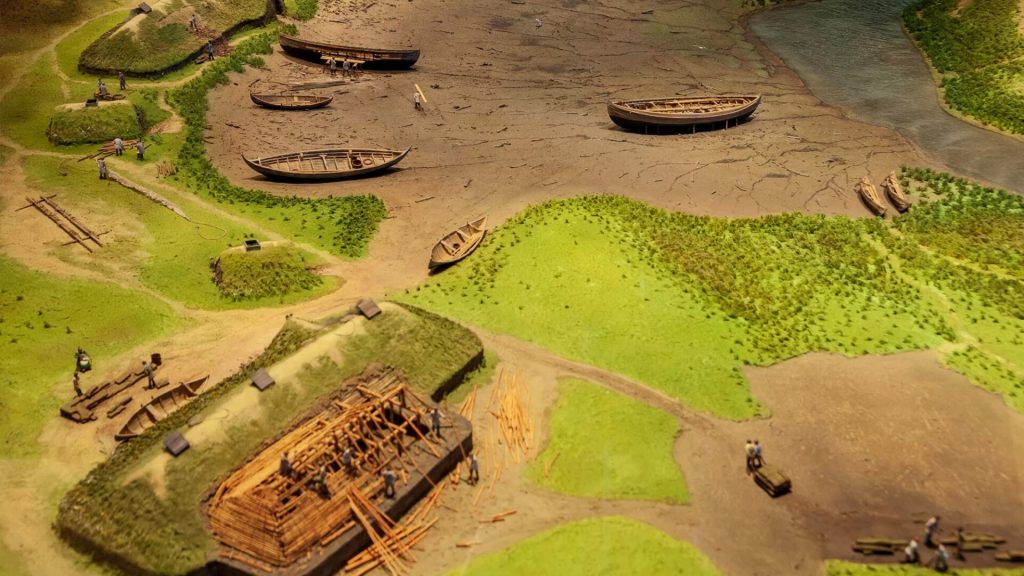
Visitors from all over the world, especially those who are passionate about archaeology, flock to the location to witness the distinctly Viking ruins. To accommodate them, a visitor center was built near the site in the 1980s.
Final Words
This post walked you through 10 unknown facts about L’Anse aux Meadows, the only Viking ruin in North America. Did you enjoy the read? Were any of these facts previously known to you? Share your thoughts with us in the comment section below!
